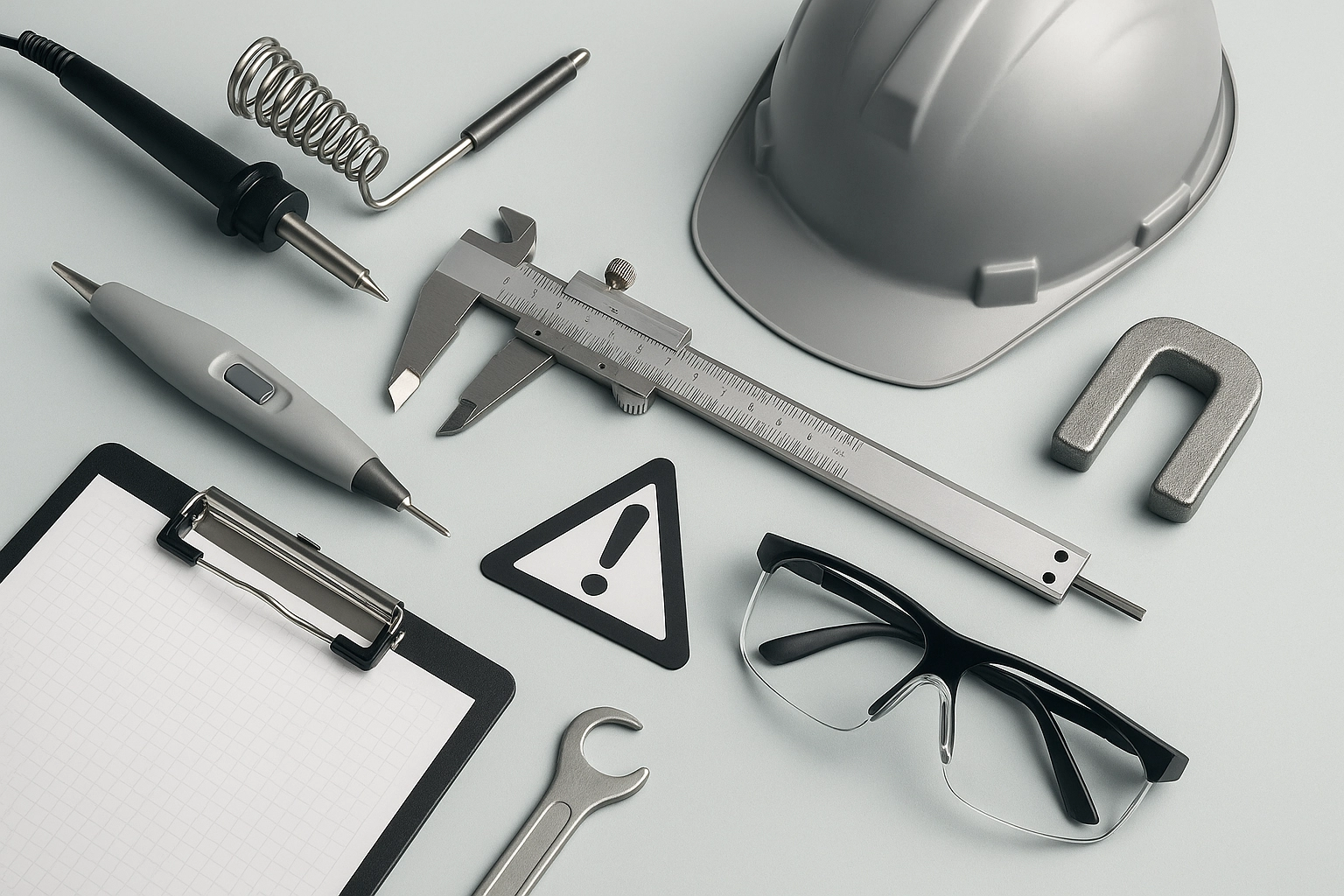ISO 8124-1 Drop and Impact Safety Testing
The ISO 8124 series of standards provides essential guidelines on toy safety testing. The first part, ISO 8124-1:2019, focuses specifically on mechanical and physical aspects. This service ensures that toys comply with stringent safety requirements to protect children from hazards like sharp edges or small parts that could cause injury.
Drop tests are a critical component of ISO 8124-1. These tests assess the risk of components falling off during play, potentially causing harm. The procedure involves placing various toy elements under specified conditions and then dropping them onto impact surfaces to measure their resilience. Toys must withstand these impacts without compromising safety.
The process begins with careful specimen preparation. Testers select appropriate specimens based on the intended use and age group of the toy. Specimens are placed in a controlled environment, ensuring they represent realistic playing scenarios. The testing apparatus is designed to simulate real-world conditions accurately. Drop heights vary depending on the type of material and component being tested; typical drops range from 100 cm for soft materials to up to 350 cm for rigid plastic parts.
Impact surfaces are also crucial, as they define where and how hard a toy part must withstand impact. Common surfaces include steel plates, concrete floors, or wood blocks. The goal is to ensure that if a component were to fall off during play, it would not pose an immediate threat of injury. Compliance with this standard ensures the toy meets global safety regulations.
Testing results are meticulously documented and reported according to ISO 8124-1 guidelines. These reports outline whether each specimen has passed or failed based on specified criteria. Failure might indicate potential risks such as sharp edges, points, or small parts that could be swallowed by young children. The detailed documentation helps manufacturers identify problem areas in their products and make necessary improvements.
Compliance with ISO 8124-1 is mandatory for toy manufacturers to export toys into the European Union (EU) market. It’s also recommended for domestic markets, especially in countries that align their regulations with EU directives. This service guarantees your product meets these stringent requirements, ensuring safety and regulatory compliance.
By partnering with Eurolab, you benefit from our extensive experience in toy testing. Our team of experts ensures every aspect of the drop and impact tests is conducted rigorously according to international standards. We provide comprehensive reports detailing test procedures and outcomes, helping your organization make informed decisions about product safety.
Eurolab Advantages
Eurolab offers unparalleled expertise in ISO 8124-1 compliance testing for toy manufacturers. Our advantages include:
- Comprehensive Testing Capabilities: We provide a full suite of mechanical and physical safety tests, ensuring your toys meet all relevant standards.
- International Recognition: Eurolab’s rigorous testing aligns with global regulatory requirements, including EU directives and other international standards.
- Expertise in Toy Safety: Our team consists of experienced professionals who stay updated on the latest developments in toy safety regulations.
- Timely Turnaround Times: We understand the importance of timely delivery and strive to provide results within agreed-upon timeframes.
- Detailed Reporting: Every test comes with a detailed report, ensuring transparency and traceability throughout the testing process.
- Customer Support: Our dedicated customer support team is always available to answer questions and address concerns promptly.
Partnering with Eurolab means leveraging our extensive knowledge and resources to ensure your toys are safe for children, compliant with regulations, and ready for international markets.
Quality and Reliability Assurance
At Eurolab, we prioritize quality and reliability in all our services. Our ISO 8124-1 drop and impact safety testing is conducted using state-of-the-art equipment and highly trained professionals who adhere strictly to international standards.
We ensure that every test is performed with precision and consistency. This includes accurate specimen preparation, precise calibration of testing apparatus, and careful observation during the tests themselves. Our commitment to quality extends beyond just meeting regulatory requirements; it encompasses providing reliable data that can be trusted by manufacturers and buyers alike.
Our rigorous quality control measures include regular calibration checks of our equipment, ongoing training for our staff on new techniques and procedures, and continuous review of test protocols against the latest standards. By maintaining these high standards, we guarantee that every product tested under this service receives thorough scrutiny and accurate results.
International Acceptance and Recognition
The ISO 8124-1 standard is widely recognized globally for its comprehensive approach to toy safety testing. Compliance with this standard ensures your products meet the stringent requirements set by various regulatory bodies, including the European Union.
In the EU, compliance with ISO 8124-1 is mandatory for the sale of toys within its borders. This requirement stems from Directive 2009/48/EC on the safety of toys, which mandates that all toys must comply with applicable international standards to ensure they are safe and suitable for their intended age group.
Other countries may have similar regulations, making ISO 8124-1 compliance increasingly important. By adhering to these standards, you demonstrate your commitment to product safety and regulatory compliance, which can enhance consumer confidence and market acceptance.
The recognition of this standard goes beyond just the EU; it is accepted worldwide by numerous countries that align their toy safety regulations with international standards. This global acceptance ensures that toys tested under ISO 8124-1 are safe for use across different regions, reducing the need for separate testing in each market.





